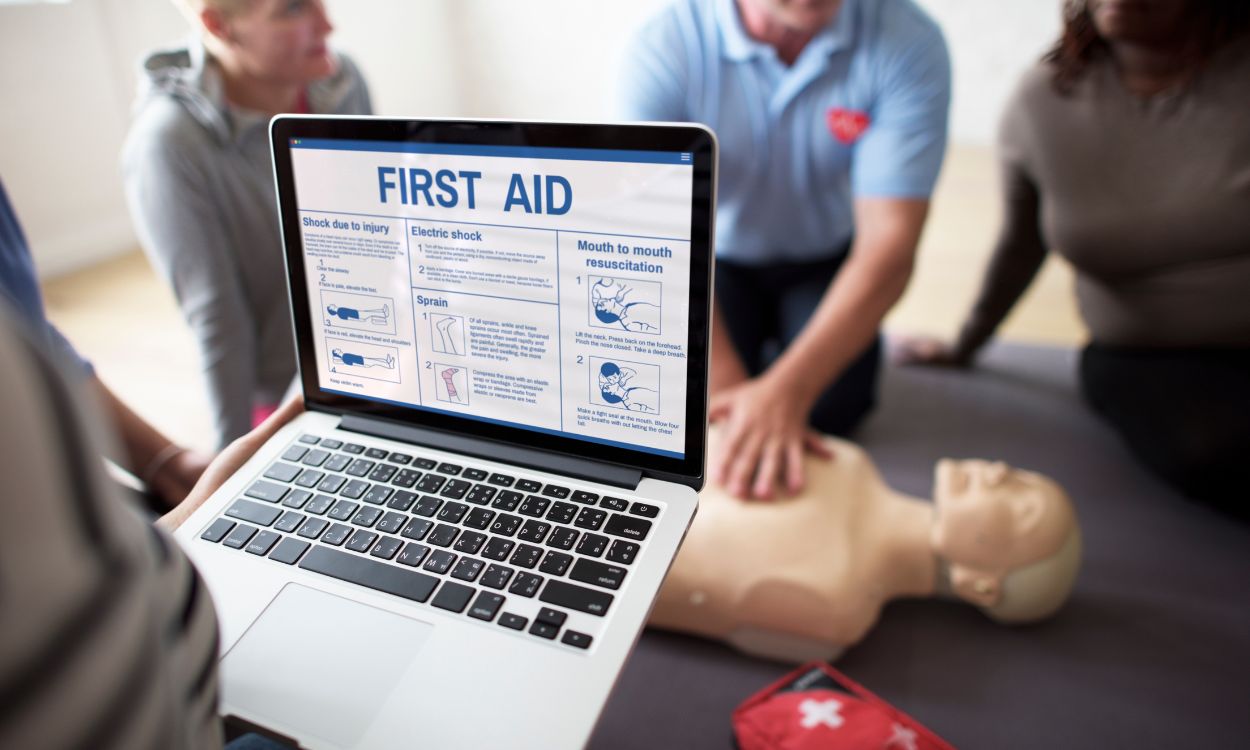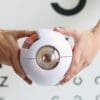Managing Seizures: First Aid Techniques and Safety Precautions
Seizures are a common neurological disorder that affects millions of people worldwide. They can be caused by a variety of factors, including head injuries, brain tumors, infections, and genetic disorders. Seizures can be frightening and unpredictable, but with the right knowledge and preparation, you can manage them effectively.
At Fitpaa, we believe that everyone should have access to the tools and resources they need to manage their health and wellness. That’s why we’ve put together this guide to help you understand seizures and learn how to respond to them safely and effectively.
First Aid Techniques for Seizures
If you or someone you know experiences a seizure, it’s important to stay calm and take the following steps:
- Protect the person from injury: Move any sharp or dangerous objects away from the person to prevent injury. If the person is lying down, place a soft object like a pillow or cushion under their head.
- Time the seizure: Note the time the seizure begins and ends. If the seizure lasts longer than five minutes, call for emergency medical assistance.
- Loosen tight clothing: Remove any tight clothing or accessories that may be constricting the person’s breathing or circulation.
- Turn the person onto their side: This will help prevent choking and allow any fluids to drain from the mouth.
- Do not restrain the person: Do not try to hold the person down or stop their movements. This can cause injury and may prolong the seizure.
- Stay with the person: Stay with the person until the seizure ends and they are fully alert. Offer reassurance and comfort.
Safety Precautions for Seizures
In addition to knowing how to respond to seizures, it’s important to take steps to prevent them from occurring in the first place. Here are some safety precautions you can take:
- Take medication as prescribed: If you have been prescribed medication for seizures, take it exactly as directed by your doctor.
- Get enough sleep: Lack of sleep can trigger seizures in some people. Make sure you get enough rest each night.
- Avoid triggers: Certain factors like stress, flashing lights, and loud noises can trigger seizures in some people. Identify your triggers and take steps to avoid them.
- Wear a medical alert bracelet: Wearing a medical alert bracelet can help emergency responders know how to treat you in the event of a seizure.
- Stay hydrated: Dehydration can trigger seizures in some people. Make sure you drink enough water throughout the day.
At Fitpaa, we understand that managing seizures can be challenging. That’s why we offer personalized support and guidance to help you achieve your health and wellness goals. Our team of experts can work with you to develop a customized plan that includes medical therapy, medical exercise therapy, medical nutrition therapy, and cognitive behavior therapy. With our state-of-the-art technology and real-time guidance, we can help you optimize your metabolism and achieve your health and fitness goals with a 100 percent guarantee.
If you’re ready to take control of your health and wellness, download the Fitpaa app today and start your journey towards a healthier, happier you.









